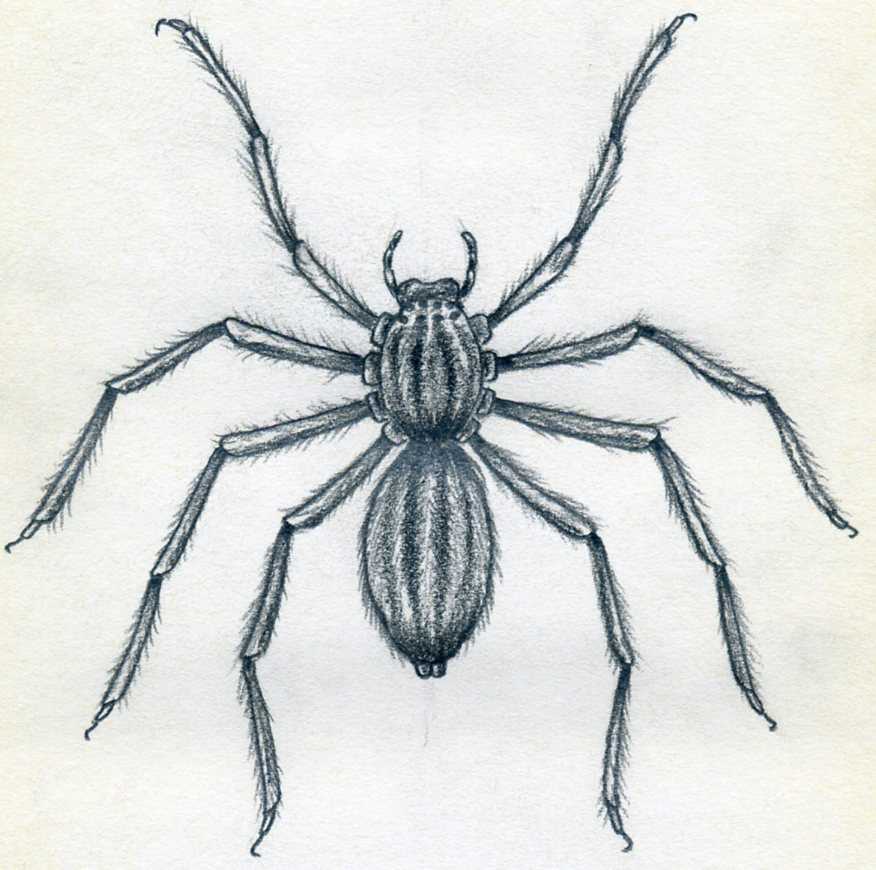
Introduction
Spider drawings are an interesting and creative way to explore the world of arachnids. Whether you are an artist, a nature enthusiast, or simply curious about spiders, creating spider drawings can be a fascinating and educational experience. In this article, we will delve into the art of spider drawings, providing tips, inspiration, and techniques to help you create stunning spider-themed artwork.
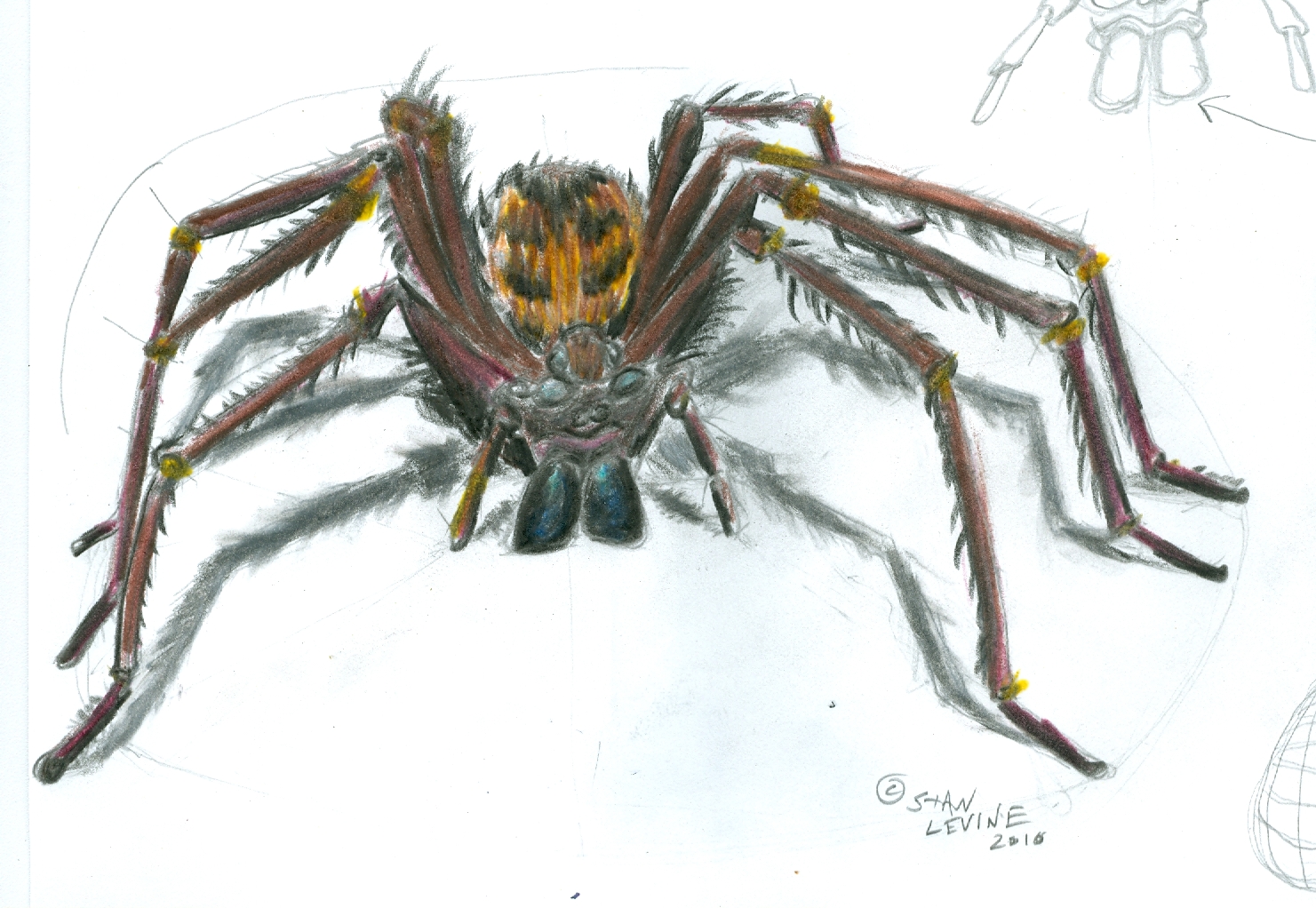
The Fascinating World of Spiders
Before we dive into the world of spider drawings, let's take a moment to appreciate the incredible creatures that inspire these artistic endeavors. Spiders belong to the class Arachnida and are known for their eight legs, multiple eyes, and intricate webs. With thousands of species spread across the globe, spiders are diverse and come in various shapes, sizes, and colors.
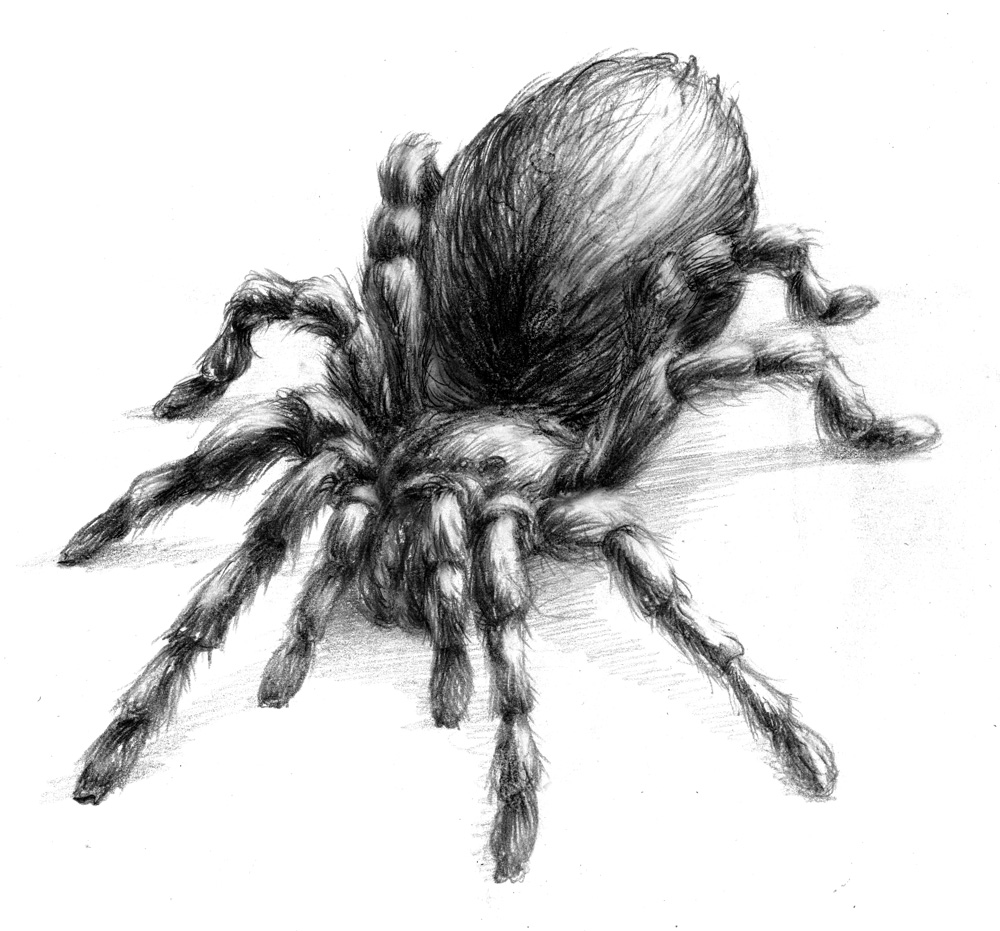
Getting Started with Spider Drawings
If you're new to spider drawings, it's important to start with the basics. Begin by observing spiders in their natural habitats or studying reference images. This will help you understand their anatomy, proportions, and unique features. You can also research different spider species to find the one that captures your interest the most. Once you have a good understanding of spiders, you can start sketching and experimenting with different drawing techniques.

Choosing the Right Drawing Materials
The choice of drawing materials can greatly impact the outcome of your spider drawings. Depending on your preference, you can use traditional mediums such as graphite pencils, colored pencils, or ink pens. Each medium offers a unique texture and allows you to achieve different effects. Experiment with various materials to find the ones that suit your style and desired outcome.
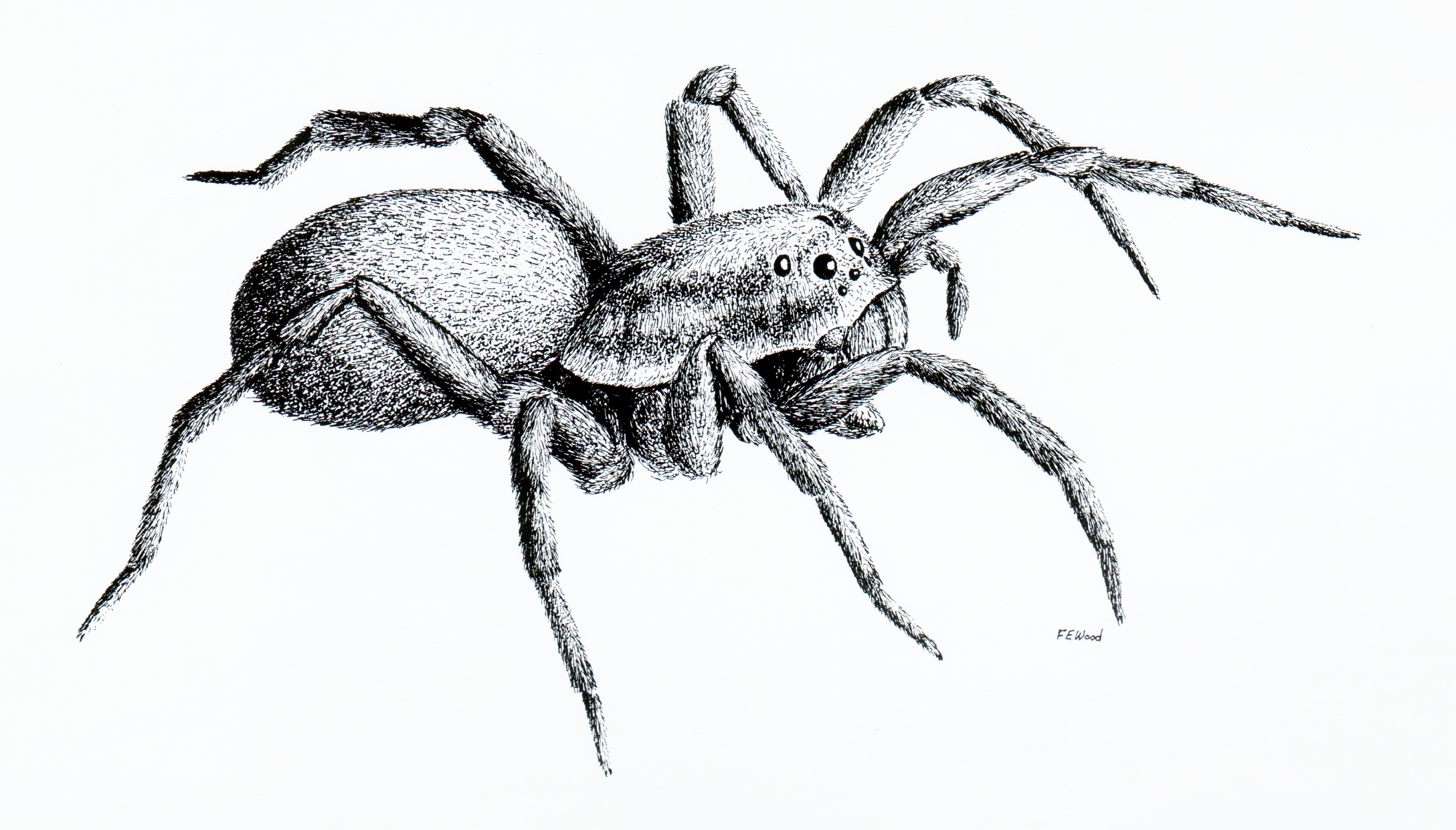
Mastering Spider Anatomy
To create realistic spider drawings, it's essential to understand their anatomy. Start by breaking down the spider's body into simple shapes such as circles and ovals. Pay attention to the placement and length of the legs, the positioning of the eyes, and the overall body structure. Practice drawing basic spider shapes before moving on to more detailed and complex illustrations.

Adding Depth and Texture
To bring your spider drawings to life, it's important to add depth and texture. Use shading techniques to create realistic shadows and highlights. Pay attention to the different textures found on a spider's body, such as the smoothness of the exoskeleton and the fine hairs on its legs. Experiment with cross-hatching, stippling, or blending to achieve the desired texture and dimension in your drawings.

Exploring Different Spider Species
There are thousands of spider species to choose from when creating spider drawings. Each species has unique characteristics, colors, and patterns. Take the time to explore different spider species and choose the ones that inspire you the most. Whether it's the vibrant red hourglass of a black widow or the intricate patterns of a jumping spider, each species offers its own creative potential.
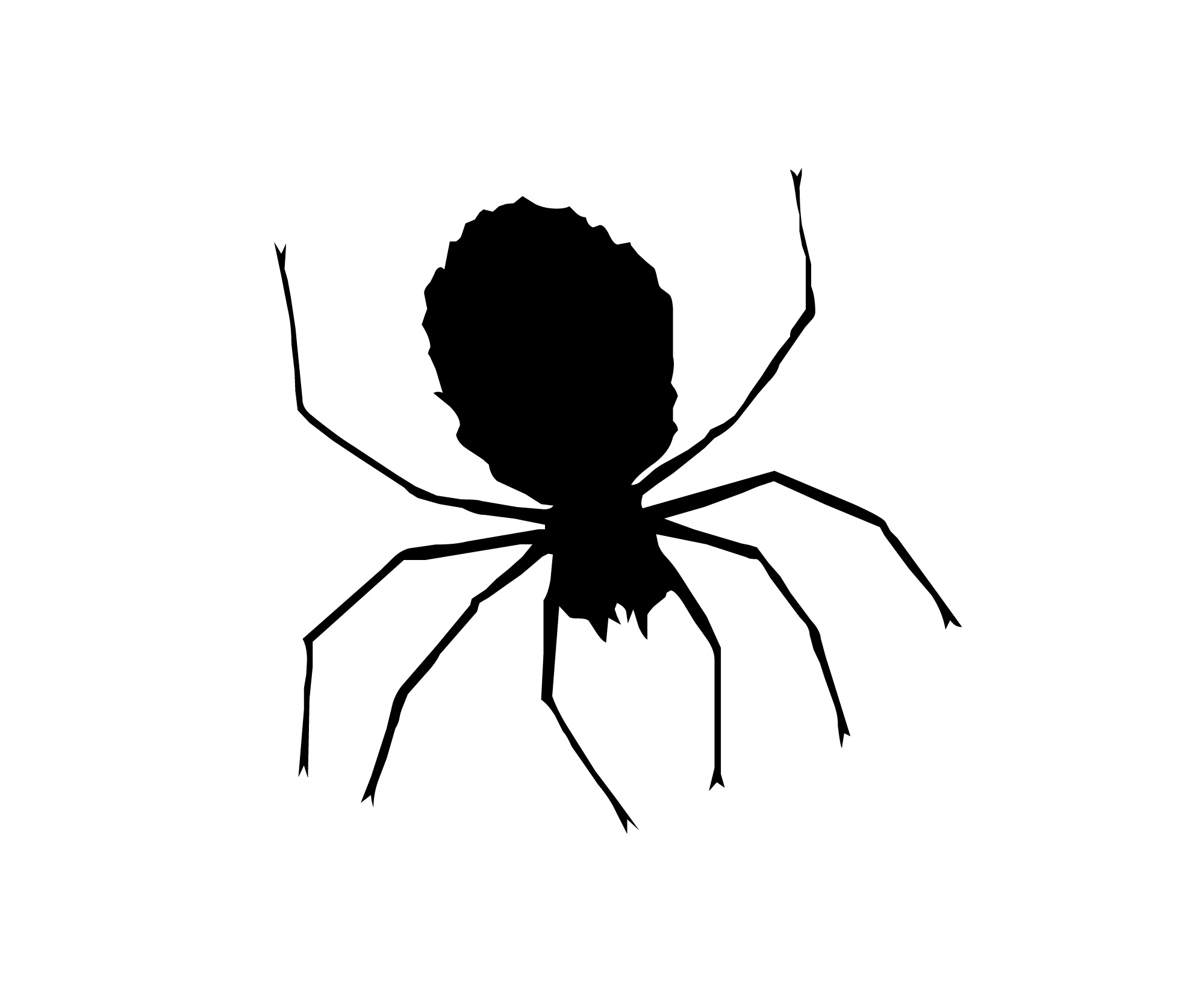
Creating Spider Web Art
Spider webs are not only functional but also visually captivating. Incorporating spider webs into your drawings can add an extra level of interest and complexity. Study the structure of spider webs and experiment with different techniques to recreate their intricate patterns. Whether you choose to draw a single web or incorporate it into a larger spider-themed composition, spider webs can enhance the overall impact of your artwork.
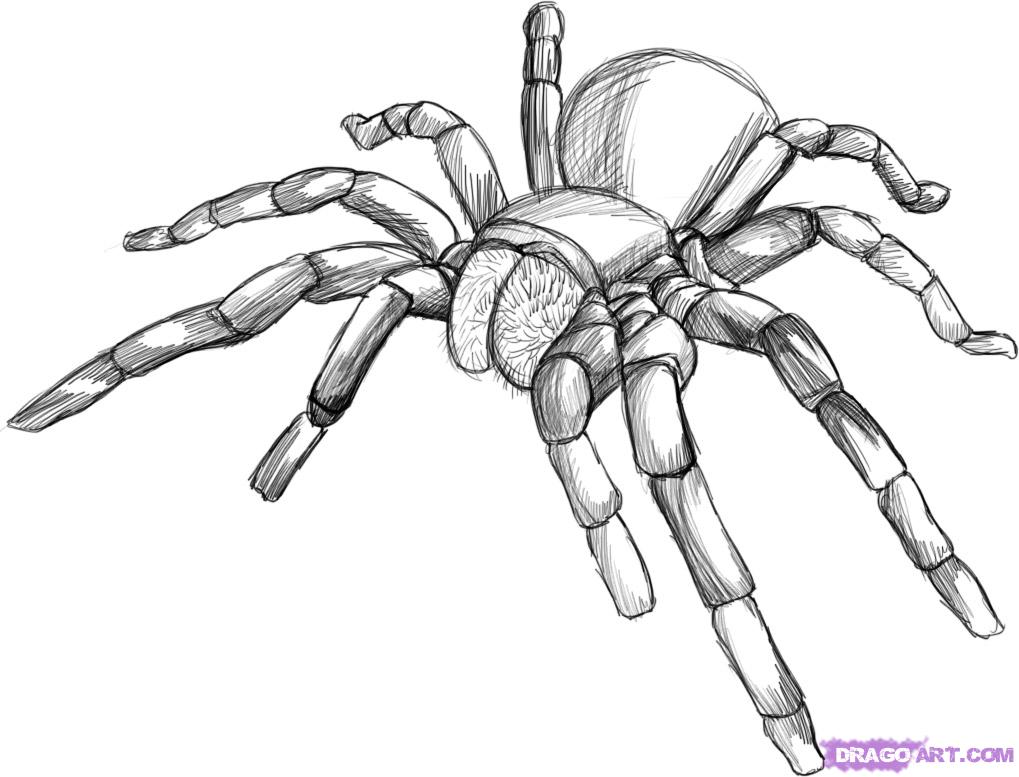
Experimenting with Different Styles
Spider drawings can be created in various styles, ranging from realistic to abstract. Experiment with different styles to find the one that best suits your artistic vision and preferences. You can create detailed and highly realistic spider illustrations or explore more abstract and stylized representations. Don't be afraid to push the boundaries and let your imagination guide you.

Spider Drawing Tips and Tricks
Here are some additional tips and tricks to enhance your spider drawings:
- Use photo references or observe live spiders to capture their unique characteristics.
- Experiment with different perspectives and angles to add interest to your drawings.
- Practice drawing spider legs in different positions to make them look dynamic.
- Incorporate other elements, such as insects or nature, to create a narrative or context for your spider drawings.
- Don't be afraid to make mistakes; they can lead to new discoveries and creative breakthroughs.
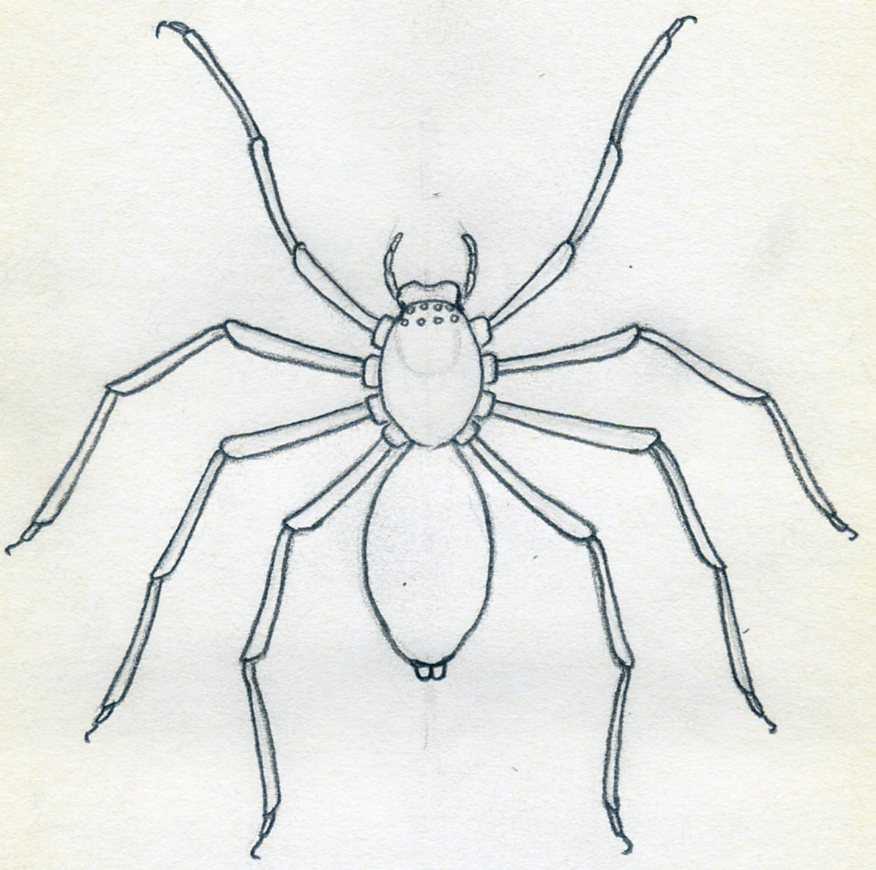
Conclusion
Spider drawings offer a fascinating and creative way to explore the world of spiders. Whether you are an artist looking to expand your skills or simply intrigued by these eight-legged creatures, spider drawings can be a rewarding and educational endeavor. By understanding spider anatomy, experimenting with different drawing techniques, and exploring various spider species, you can create captivating spider-themed artwork. So grab your drawing materials and start capturing the mesmerizing world of spiders on paper!